Improving DNA Phenotyping for Forensics
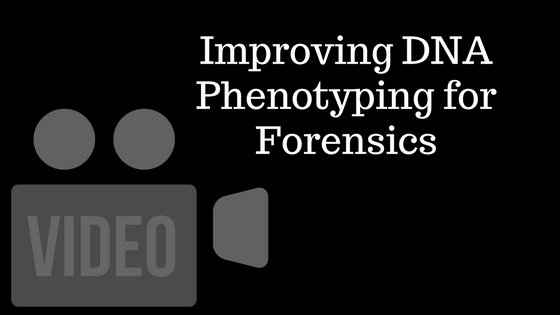
Krystal Breslin describes the work that she’s doing at IUPUI to discover which SNPs determine eye, skin, and hair color in the hopes of making mug shots available to the police where eye witness testimony is not available. TRANSCRIPT: My name is Krystal Breslin. I work at Indiana University Purdue University Indianapolis, or […]
Autosomal and Y-STR Analysis of Degraded DNA from 120-Year-Old Skeletal Remains
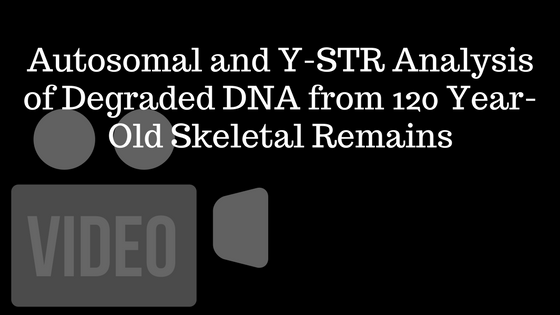
Angie Ambers of the Institute of Applied Genetics (UNTHSC) describes how she processes skeletal remains to determine an individual’s identity, and how she identified a Confederate guerilla scout from the American Civil War using this technology. TRANSCRIPT: My name is Doctor Angie Ambers, and I work for the Institute of Applied Genetics, […]
Phenotyping – What Can and Should We Predict?
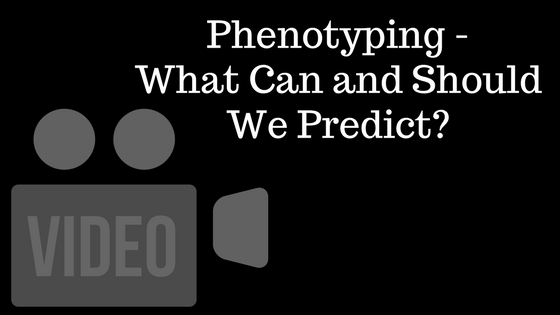
David Ballard of King’s College London describes what phenotyping can accurately predict, the ethical and legal issues surrounding the topic, and the role it should play in solving crime. TRANSCRIPT: I’m David Ballard. I’m a Research Associate in Forensic Genetics at King’s College London. We’re a group that does both casework, research, […]
Identifying the Disappeared of Guatemala
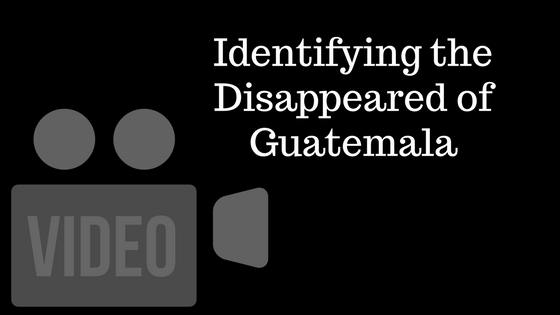
Fredy Peccerelli of the Forensic Anthropology Foundation shares how he became involved with identifying the Disappeared of Guatemala and the process of using DNA to empower the victims’ families. TRANSCRIPT: My name is Fredy Peccerelli. I’m the Executive Director of the Guatemala Forensic Anthropology Foundation. We’re an organization that focuses on […]
Identifying Astronomer Nicolaus Copernicus
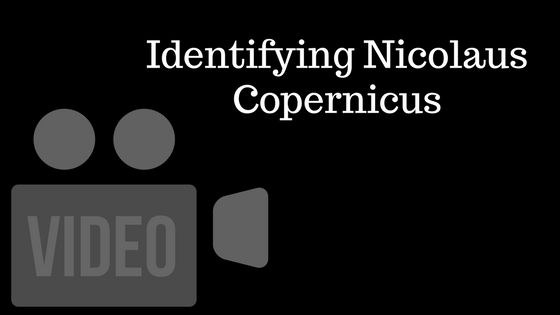
Marie Allen of Uppsala University shares how her team identified the remains of astronomer Nicolaus Copernicus through DNA analysis. TRANSCRIPT: My name is Marie Allen, and I’m a professor in Forensic Genetics as Uppsala University in Sweden. I work mainly with forensic research. We work quite a lot with trying to enhance […]
Generating a Suspect’s Mugshot from Solely DNA
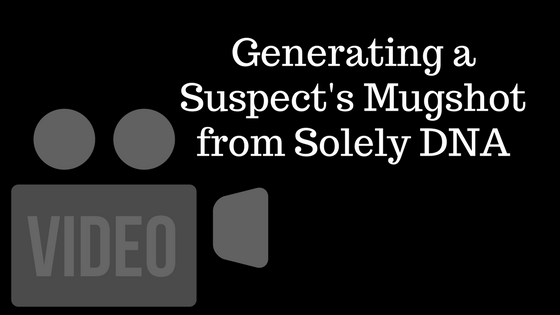
Ellen Greytak of Parabon Nanolabs shares how they can predict a person’s appearance, and how they’re using the technology to help solve crime. TRANSCRIPT: I’m Ellen McRae Greytak. I’m the director of Bioinformatics at Parabon Nanolabs and we do DNA Phenotyping – so predicting a person’s appearance, ancestry, all that stuff – […]
Identifying Soldiers from 100 Year-Old Remains
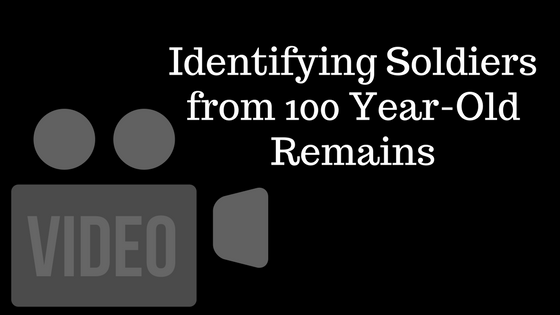
Jim Thomson of LGC describes how they worked to identify 250 skeletal remains of soldiers who had fallen during the Battle of Fromelles in 1916. TRANSCRIPT: My name is Jim Thomson. I work for LGC, who are a large forensic service provider in the UK. I lead the DNA R&D team […]
Into the Wild: Translating DNA-Based Human Identification Techniques to a Wildlife Attack
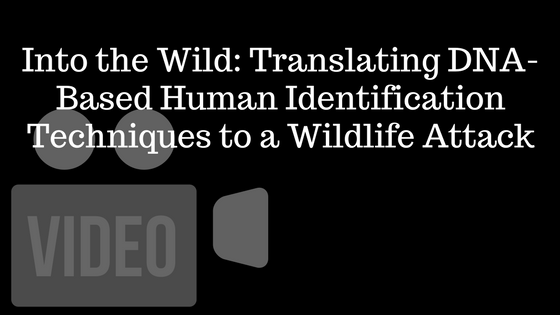
Maureen Hickman of Western Carolina University describes how researchers were able to apply forensically relevant methods and techniques to wildlife cases, including identification of nuisance animals or in the case of an animal attack. TRANSCRIPT: My name is Maureen Peters Hickman, and I am Forensic Research Scientist at Western Carolina University. […]
A New Way to Determine Body Fluid Type from Crime Scene Samples
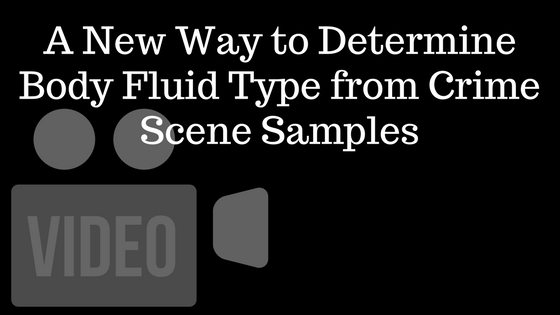
Joana Antunes of Florida International University describes how forensic laboratories may soon be able to use methylation markers in DNA to determine body fluid type without destroying the sample collected. TRANSCRIPT: Hi, my name is Joana Antunes. I am a Ph.D. student at Dr. Bruce McCord’s research lab at Florida International […]

